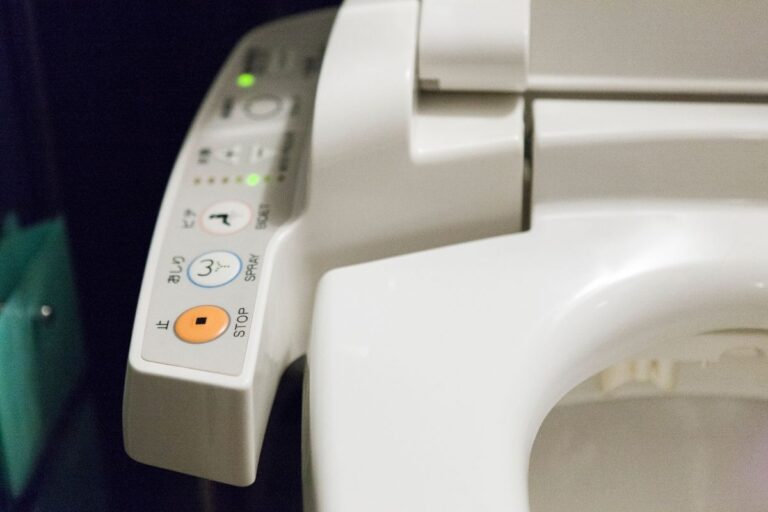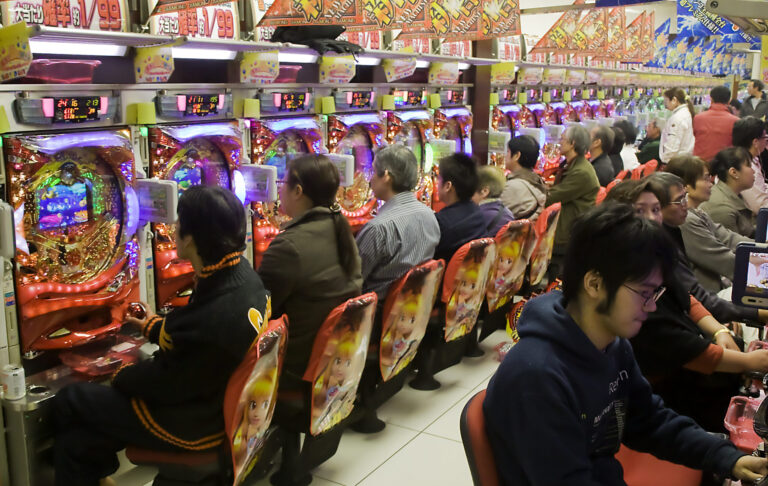Enka music is a uniquely Japanese style of music that’s popular with the older generations of Japanese in particular. As the enka singers dress in traditional Japanese kimono during their performances and sing slow ballads in vibrato style, you might think that enka is a very ancient form of Japanese singing. Although enka does have its roots in traditional Japanese music, it’s actually a cultural pop music phenomenon developed during the 20th century.
Modern enka became popular after World War II. The lyrics of the songs, like blues songs in the West, most often deal with sadness, lost love, death, and dealing with difficult trials. However, the music does usually include some self-encouragement to persevere even through difficult times.
Another characteristic of enka music is the vibrato. Vibrato is when a singer sings a note at a fluctuating pitch. The effect is a bit echo-like. The type of vibrato that enka singers employ is called kobushi and it’s a slightly different style of vibrato that that employed by opera singers, as the pitch only fluctuates to one degree.
Kitajima Saburou is generally considered to be the country’s most famous enka singer. His most popular songs in the 1960s and 1970s often made it to the top 10 positions on popular music charts. He continues to release singles and even released one earlier this year at the age of 73.
Here’s a performance by Kitajima in the early 1990s:
Kitajima Saburou
The music hasn’t been particularly popular with young Japanese for the past few decades, although that’s changing thanks to a few pop music stars trying out the genre and the debut of artists like Jero, who better appeal to young Japanese. Jero (Jerome Charles White, Jr.), whose maternal grandmother was Japanese, became Japan’s first professional African-American enka singer when he debuted in 2008 to rave reviews. Jero appreciated the art form while growing up and decided to pursue it professionally after moving to Japan as an adult to teach English and work as a computer programmer. He became famous only 2 months after his debut. Unlike the native Japanese enka singers, Jero chose not to wear traditional Japanese clothing during his performances and instead wears American hip-hop baggy clothes and jewelry. The contrast of his voice and style of singing with his clothing makes for very surprising performances!
See Jero perform enka with another enka singer here:
Jero
You can see Jero in the United States this spring, starting later this month! Click here for more information.
What do you think of enka music? Had you ever heard any before you read it here in this post? What do you think of Jero’s performance and style?
No related posts.
Tags: cool japan, japan, japanese culture, japanese entertainment, japanese history, music


